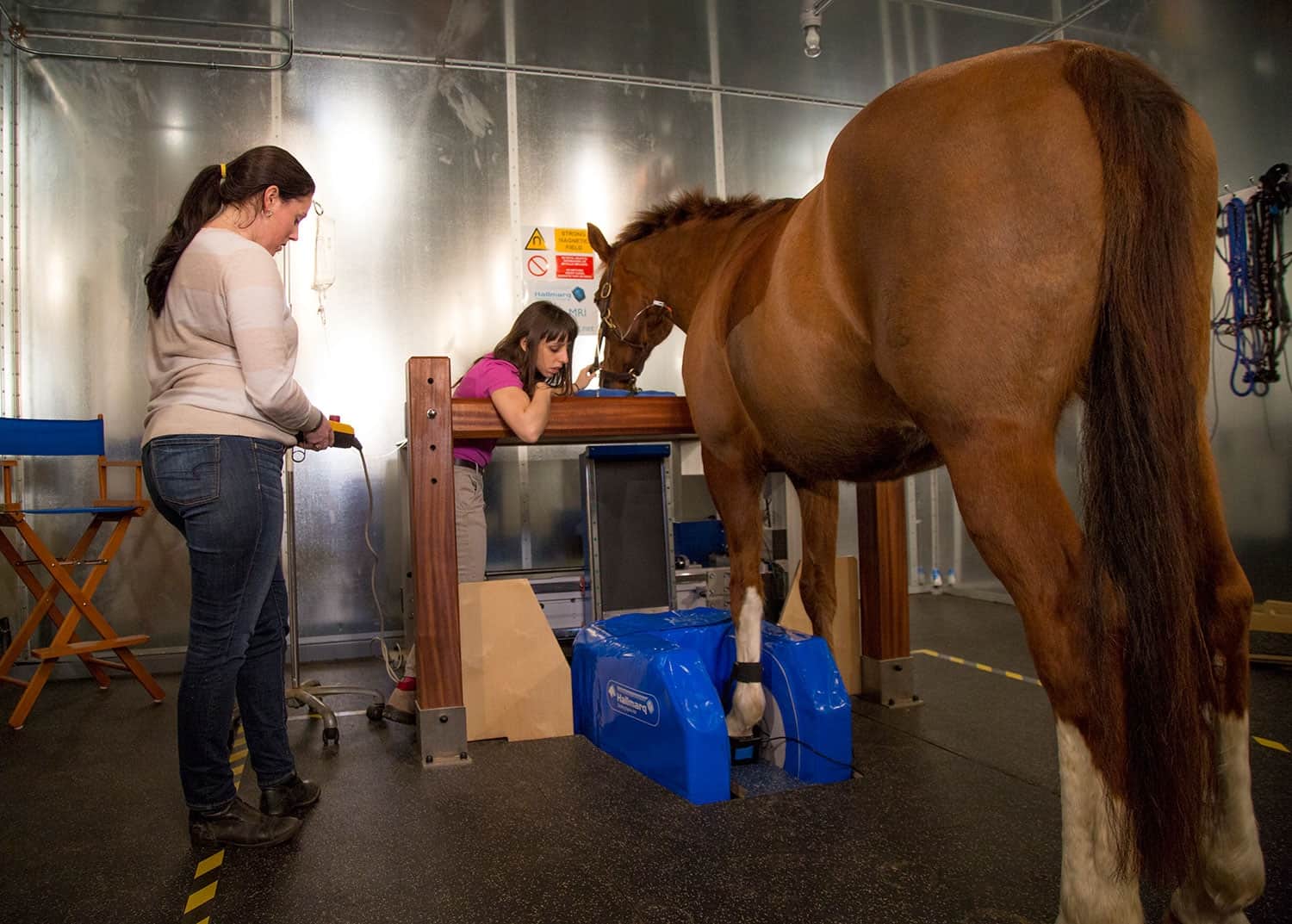The New Navicular Paradigm

Here’s what we know and are learning about defining, diagnosing, and treating this painful foot disease.
If you look back through veterinary texts from the turn of the 20th century, you’ll see a perhaps familiar word: Navicular. Veterinarians used the term to describe a “disease process” within the tendon and/or bone of the navicular structures in the back third of the equine foot. The 1904 Practical Stock Doctor reads, “As a general thing, treatment is very unsatisfactory, usually alleviative only.”
Indeed, identifying problems within a horse’s navicular structures is nothing new. Thankfully, our understanding and treatment of them have changed and advanced.
Veterinarians have a profoundly more complex understanding of what structures have sustained injury, thanks to the evolution of diagnostic equipment and procedures. And using current palliative approaches—which range widely from regenerative therapy to bisphosphonate administration—they have found success keeping affected horses in work TheHorse.com is home to thousands of free articles about horse health care. In order to access some of our exclusive free content, you must be signed into TheHorse.com. Already have an account?Create a free account with TheHorse.com to view this content.
Start your free account today!
and continue reading.

Written by:
Nancy S. Loving, DVM
Related Articles
Stay on top of the most recent Horse Health news with















